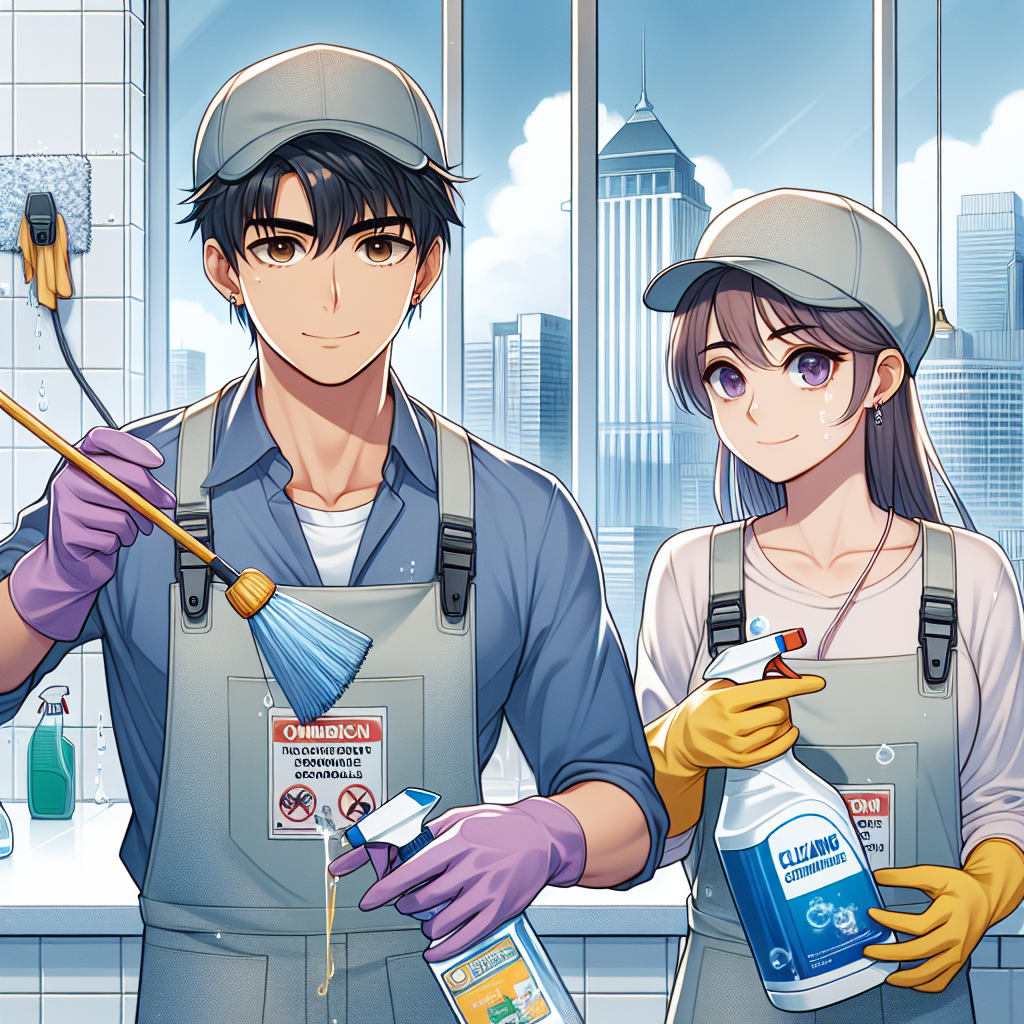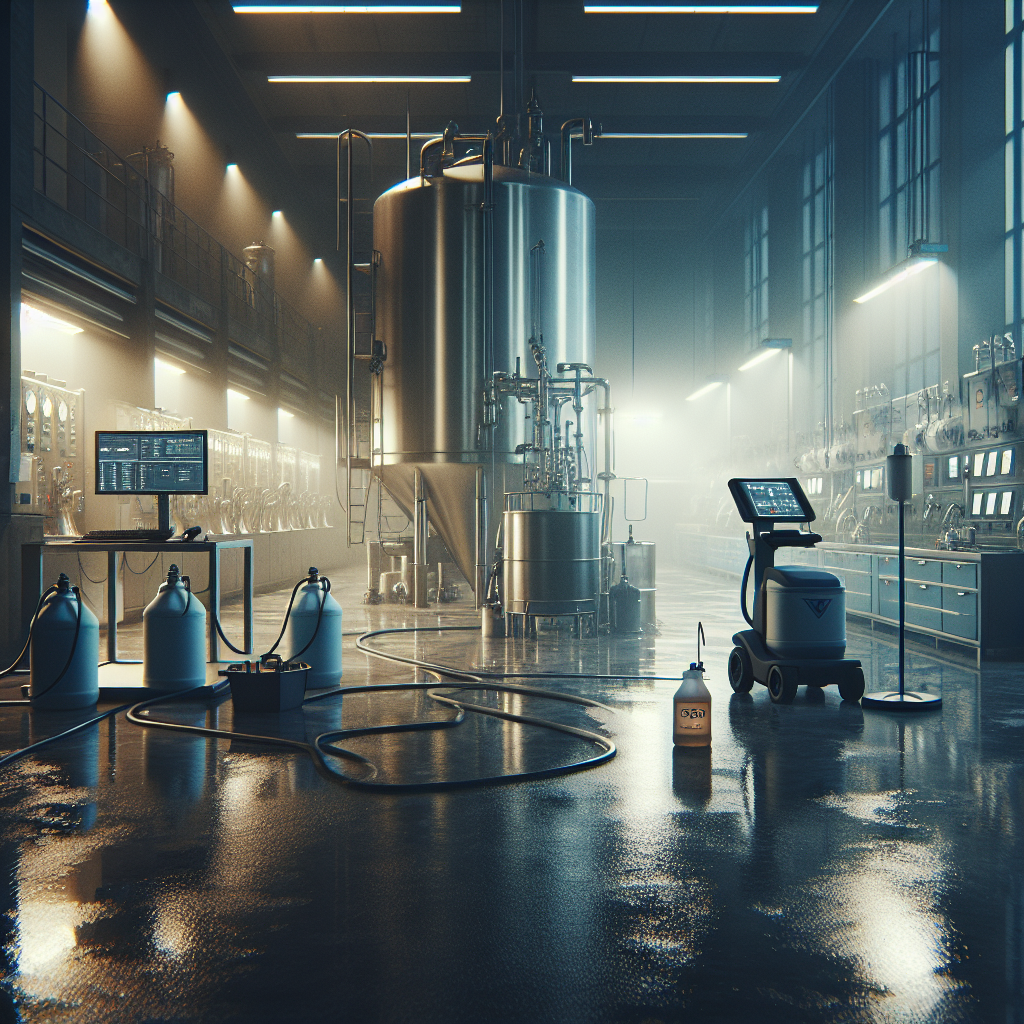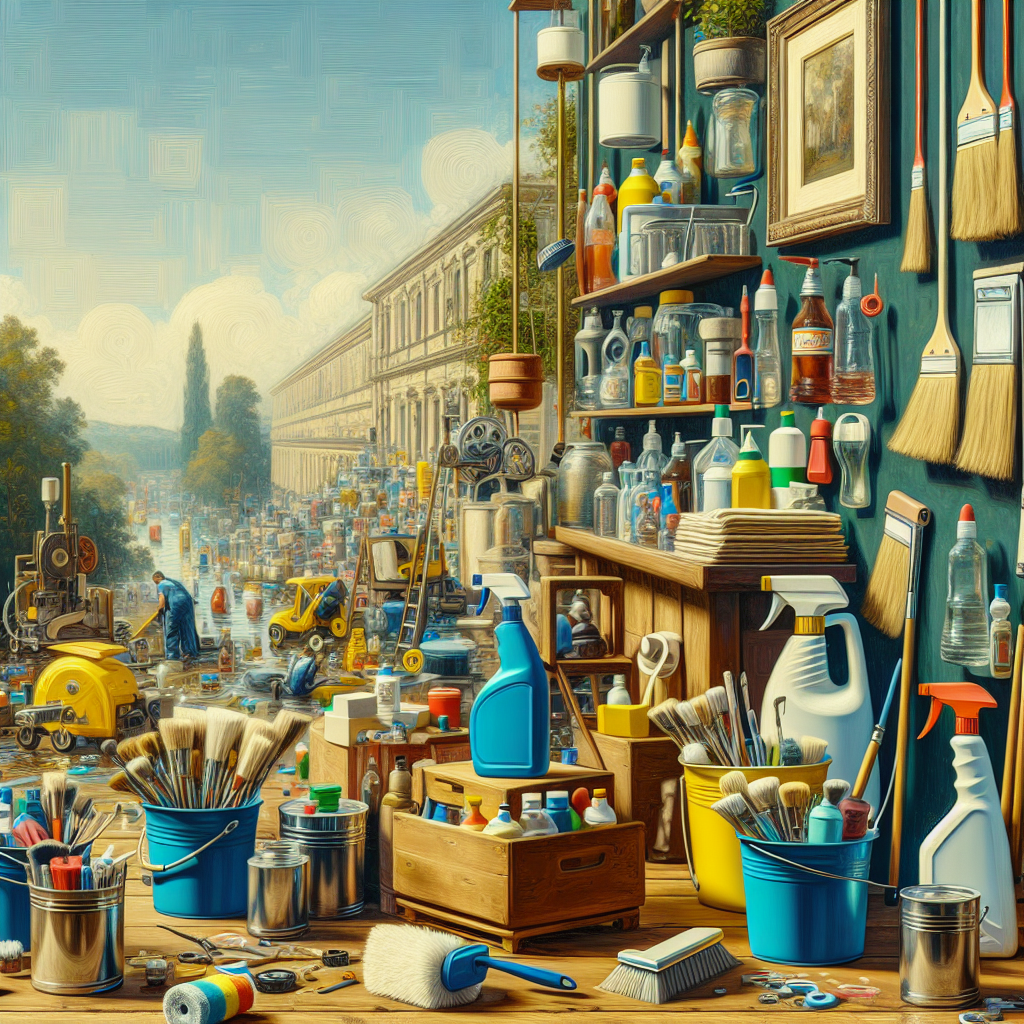Chemical Safety Basics
Before diving into the ultimate chemical handling toolkit, it's essential to understand some basic principles of chemical safety. Always read and follow the manufacturer's instructions for each product. Wear appropriate personal protective equipment (PPE) such as gloves, goggles, and masks. Keep chemicals tightly sealed in their original containers and store them in a well-ventilated, dry area away from heat sources.
The Ultimate Chemical Handling Toolkit
Now, let's explore the essential tools every cleaning professional should have in their chemical handling toolkit:
- Chemical-resistant gloves to protect your skin from direct contact with cleaning agents.
- Safety goggles to shield your eyes from splashes or fumes.
- Respirator mask to prevent inhalation of harmful vapors.
- Chemical spill kit for quick containment and cleanup of accidental spills.
- Labeling system to clearly mark all chemical containers with product names and hazard warnings.
Additional Safety Measures
In addition to having the right tools, there are some best practices to enhance chemical safety in your cleaning routine:
- Always dilute concentrated chemicals according to the manufacturer's instructions.
- Dispose of empty chemical containers properly, following local regulations for hazardous waste disposal.
- Regularly inspect your chemical handling tools for signs of wear or damage and replace them as needed.
- Train your team on proper chemical handling procedures and emergency response protocols.
Staying Informed and Prepared
As a cleaning professional, staying informed about the latest industry trends and safety guidelines is crucial. Consider attending training sessions or workshops on chemical handling and safety to enhance your knowledge and skills.
Conclusion
Building the ultimate chemical handling toolkit is a key step towards ensuring a safe and efficient cleaning process. By investing in high-quality tools, following best practices, and staying informed about chemical safety, you can protect yourself, your team, and your clients from potential hazards.



